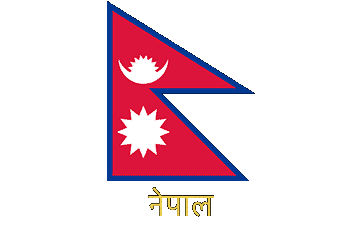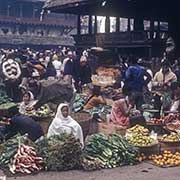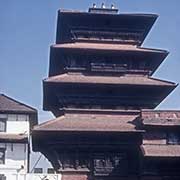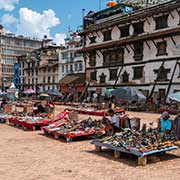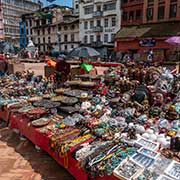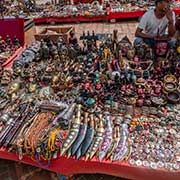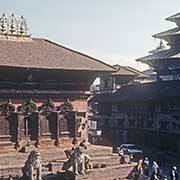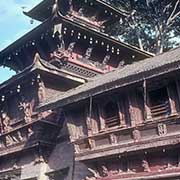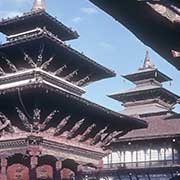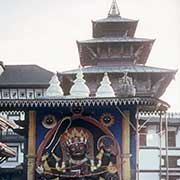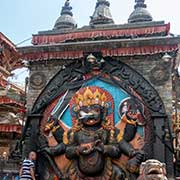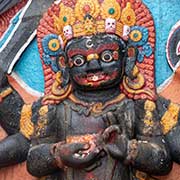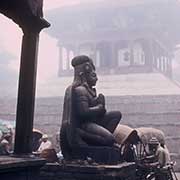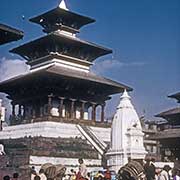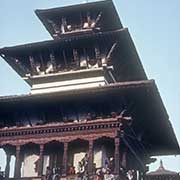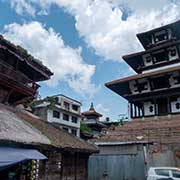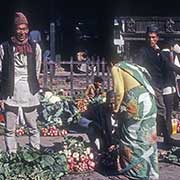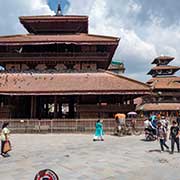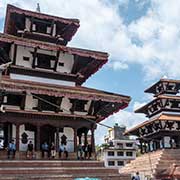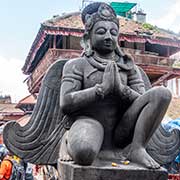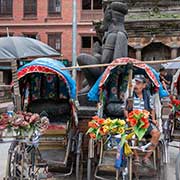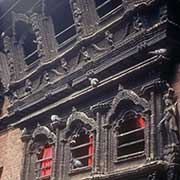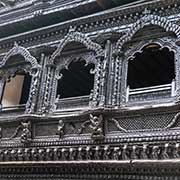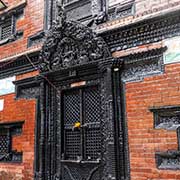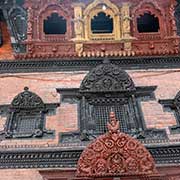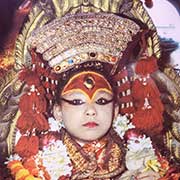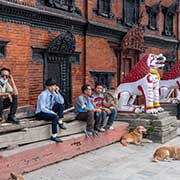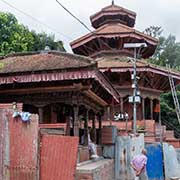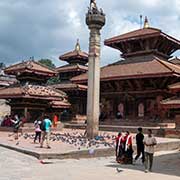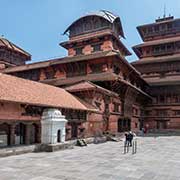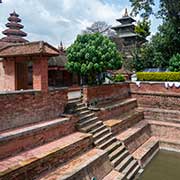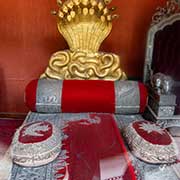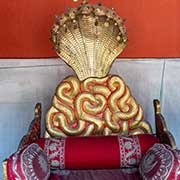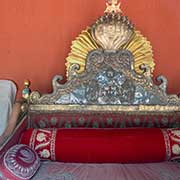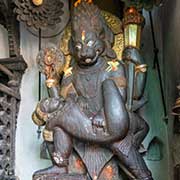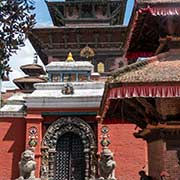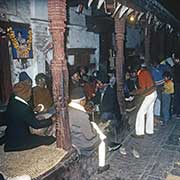Photos of Kathmandu Durbar Square, Royal centre of Nepal’s capital
Kathmandu Durbar Square, Royal centre of Nepal’s capital
Kathmandu Durbar Square (Basantapur Darbar Kshetra) is the heart of Nepal’s capital. It is in front of what was the royal palace (Durbar) of the Malla and, after 1769, the Shah kings. It is surrounded by spectacular buildings showcasing the skills of Newar artisans, who, over the centuries, built magnificent temples and courtyards with intricate woodcarvings.
you may then send it as a postcard if you wish.
Royal palaces at this site were constructed as far back as the Licchavi kingdom in the fifth Century. However, the present palaces and temples are from much later and have been renovated over the centuries. Significant events have happened at this square, like the coronations of the last kings of Nepal. Since Nepal opened itself to the outside world after the end of the Rana autocracy in the early 1950s, Kathmandu Durbar Square and its surroundings have become very popular with tourists. In the early 1960s to late 1970s, young backpackers flocked to the area, when marijuana and hashish were freely available, and hippies renamed streets “Freak Street”, “Pig Alley” or “Pie Alley” for its famous pie shops. The government banned the production and sale of drugs in the late 1970s, and since then, shops have been catering more to trekking and cultural tours.
The most spectacular sights are the temples, the intricate woodcarvings, like the windows in Kumari Chowk and the bustle of daily life in the markets around the area. Tragically, several temples and other buildings collapsed in the earthquake that struck Nepal on 25 April 2015. Over 30 monuments came down in the Kathmandu Valley, and over a hundred were damaged. For example, the Maju Dega temple at the heart of Kathmandu Durbar Square area completely collapsed, but it has since been rebuilt, as have others. You may compare photos taken in 1979 with those taken in 2023.


